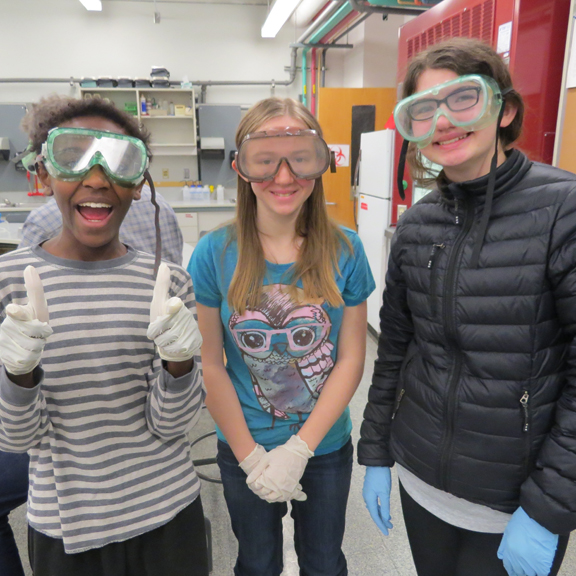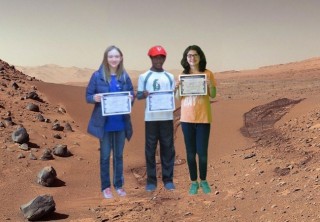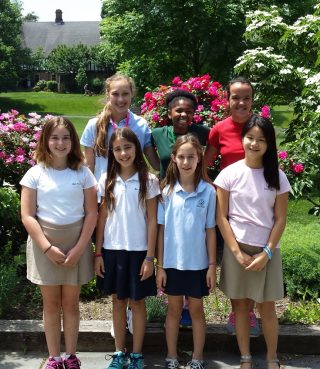Three eighth grade scientists have experienced a once in a lifetime opportunity, witnessing the experiment they developed, Arabidopsis Germination in Martian Soil Simulant, fly to the International Space Station. The experiment investigates how Arabidopsis seeds germinate in simulated Martian soil (Hawaiian volcanic soil) under microgravity conditions. They are hoping the results will be useful for future human colonies on Mars.
The experiment flew as part of the Endeavor payload of SSEP Mission 9 to International Space Station on SpaceX-10, launching from Cape Canaveral Air Force Station, FL, on February 19, 2017. Installation of the Dragon cargo was confirmed on February 23.
This was the first lift-off for SpaceX from Launch Pad 39A at the Kennedy Space Center, built for the Apollo program in the 1960s. Apollo 11 launched from Launch Pad 39A in 1969 carrying the first human passengers to the moon.
Astronauts will conduct the experiment to the students’ specifications over a period of 4-6 weeks while the experiment is in flight. After each interaction, astronauts will communicate with our students via an online experiment log so our Open Window School students can conduct their Ground Truth (control) experiments here at Open Window on the same timeline.
Open Window School also sent two official mission patches designed by fourth graders.
The Student Spaceflight Experiments Program [or SSEP] is a program of the National Center for Earth and Space Science Education (NCESSE) in the U.S. and the Arthur C. Clarke Institute for Space Education internationally. It is enabled through a strategic partnership with DreamUp PBC and NanoRacks LLC, which are working with NASA under a Space Act Agreement as part of the utilization of the International Space Station as a National Laboratory. SSEP is the first pre- college STEM education program that is both a U.S. national initiative and implemented as an on-orbit commercial space venture.



